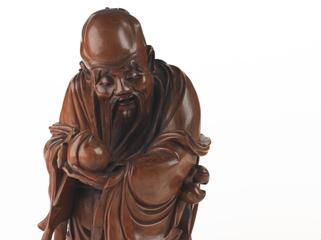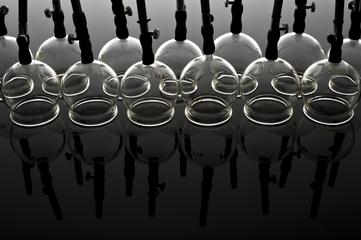

Slab of compressed tea, China, before 1930
- Made:
- before 1930 in China




Slab of compressed tea, bearing scenes of brick tea making in relief, Chinese
Slabs of compressed tea were often important trade items. This was particularly the case between China and Russia. This tea brick is made of compressed tea fragments. These can be broken down and prepared as a drink when required. Tea in China treated ailments by cleansing the body. It was also drunk to improve wellbeing. For many centuries, tea was a safer alternative to drinking water. Water could taste unpleasant and was often contaminated. It carried diseases such as cholera.
This block shows the process of making tea bricks. It is highly detailed. It even shows a man holding his foot because he has dropped a box on it. The fragrant tea brick was included in the Chinese Medicine exhibition at the Wellcome Institute in 1966.
Details
- Category:
- Asian Medicine
- Collection:
- Sir Henry Wellcome's Museum Collection
- Object Number:
- A190121
- Measurements:
-
overall: 180 cm x 230 mm x 22 mm, .975kg
- type:
- tea
- credit:
- Wellcome Trust (Purchased from Stevens)




